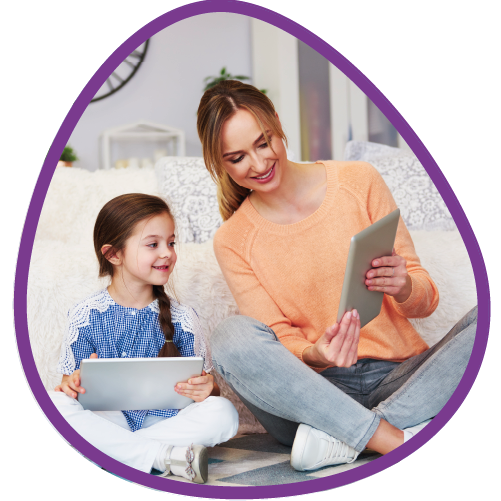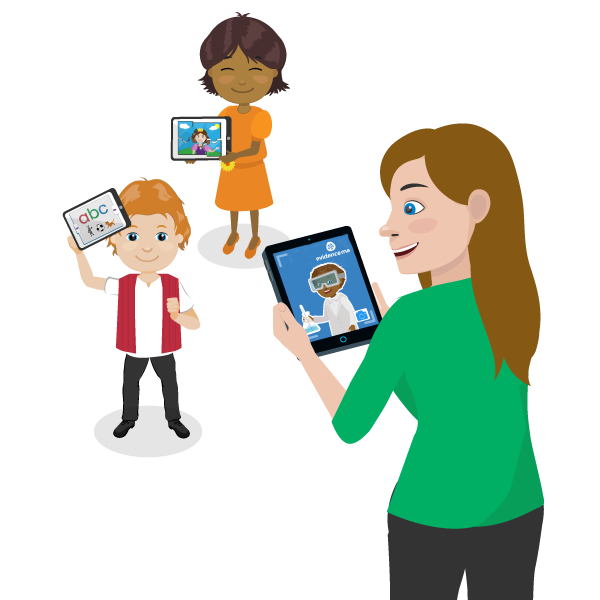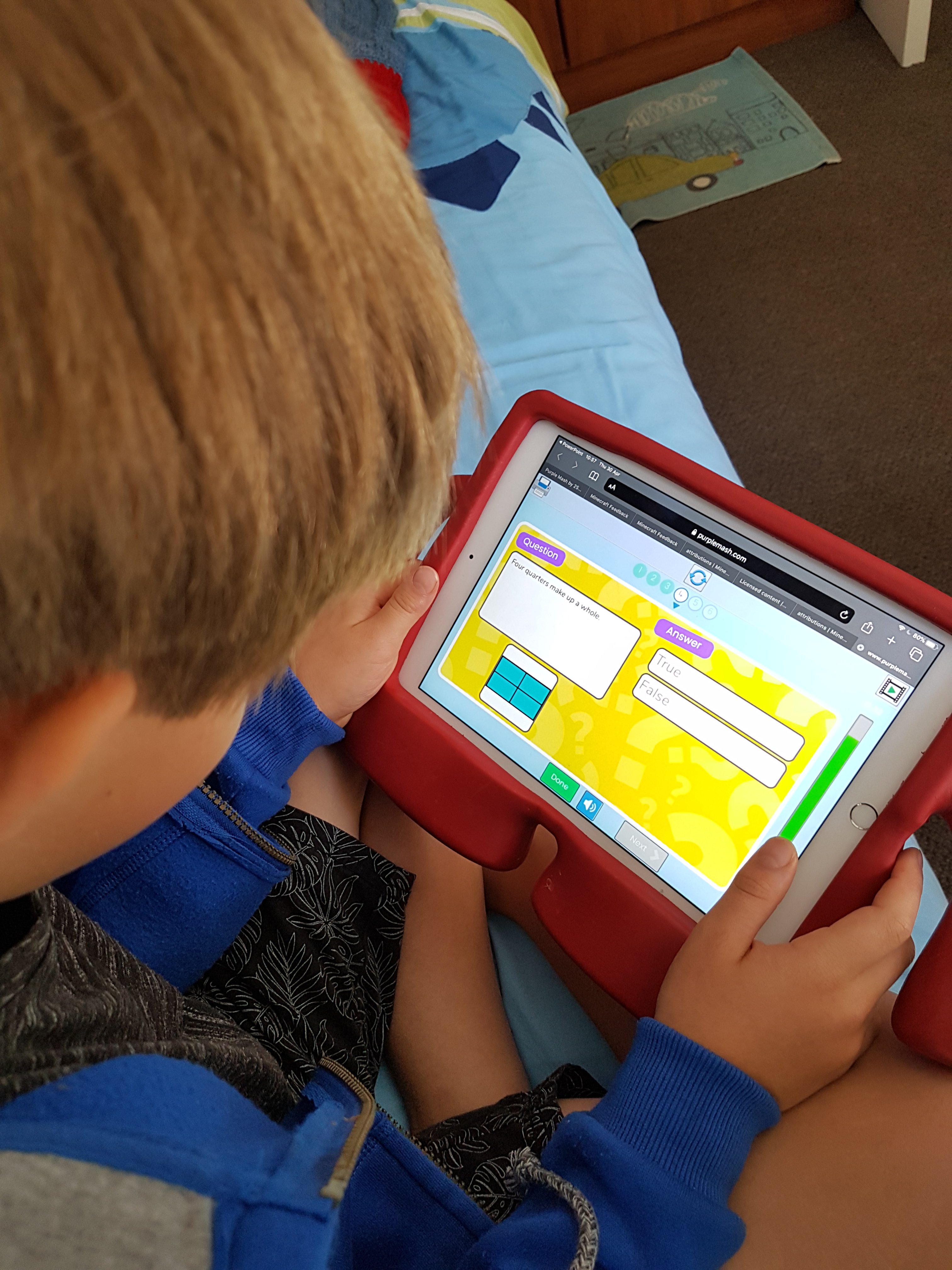July 9, 2020
There have been a number of articles about how education worldwide has changed during this pandemic. Most countries’ education systems have been affected by school closures and a subsequent adaptation of their normal teaching methods. Through necessity, schools have had to adopt an online – distance learning- approach to ensure the continuity of their learners’ education while they are at home.
There has been mixed feedback from participants of this system. A lot depends on the community or school’s connectivity challenges and on the accessibility to devices and bandwidth. Unfortunately, in some areas, they have been faced with challenges that have made it near impossible to attain a solid, comprehensive online education system that is accessible to all their students.


For the purposes of this article though, we will be looking at communities that have devices, internet access and resources to allow a fair comparison to our traditional education system. Most schools in areas that have these benefits have put together amazing online communities around systems such as Microsoft Teams, Google Meet and Zoom.
Interactive
Some schools have created an interactive portal where their learners are expected to ‘attend’ classes as they would if they were at school every day. A timetable is issued to learners and they are expected to log into various lessons throughout the day. The teacher is present and an interactive lesson which has both input from the teacher and the class is conducted.
Another approach is pre-recorded lessons with interactive meetings weekly and forums where learners can type or voice record their questions which are then addressed by the teacher. Resources and research are uploaded in files which are then processed individually by the learners in their own time.
One Size Does Not Fit All
Reports from participants on both, have brought up some interesting points. While the interactivity and immediate satisfaction of the first instance of interactive classroom situation suits some learners, the flexibility and learning at their own individual pace that comes with the second system of pre-recorded lessons suits other individuals. It seems that the overwhelming commonality is that both systems are reliant on the QUALITY of the resources that are offered by the teacher.
Some teachers have merely copied over their resources from their traditional teaching environment. They have uploaded their worksheets that they normally use and have referred repeatedly to textbooks that they use in the normal course of their day.
Others have embraced all the internet has to offer by accessing resources from internet sources; You Tube videos, TED talks, their own videos, design programmes, games, online quizzes etc. They have put together a rich tapestry of resources that allow for self-discovery and research. They have moved the accountability for the learner’s experience away from the teacher and on to themselves and have demanded that the child’s experience is reliant on the child taking ownership for their learning and for tapping into all the resources available to them online. This is an interesting flip from our traditional methods employed in the class which lays all responsibility of the quality of the learner’s experience at the teacher’s feet.
While some children find this approach exhilarating, others find it intimidating, confusing and overwhelming. Which brings us to the point - that while it is wonderful to unleash the internet and all the amazing resources that it holds, it is essential to do so responsibly. How, you ask? A combined approach where an array of rich resources is used from the internet but in a STRUCTURED and focused fashion is probably the answer.
Some teachers, fired up by the new challenge, might put together their own resource library that can be used for their lessons. This is an incredibly time-consuming activity as all resources need to be vetted and watched to make sure it is appropriate and relevant. The teacher also needs to first structure a storage system to allow for proper indexing of their resources.

Assistive Alternatives
The alternative is to find one of the many online Education resource companies that have already done the footwork for the teacher. 2Simple is one of those companies. They have a vast array of resources available for various age groups.
Purple Mash is for primary aged students. The program has been used traditionally by ICT teachers as a basis for the ICT curriculum, but the program is ideal to use as a resource for all learning areas. It has an incredible library to draw from. It also has the facility to upload resources in categories and themes. Going forward, the resources are then all saved in comprehensive pockets of information to use for various themes. This allows all teachers from a Grade to teach from the same resources adding emphasis where needed in their particular learning area.
The debate is still open on whether the new online approach or the more traditional face-to-face approach to education is better. Ultimately it is about what suits you best and what your children react to best. It is also about accessing the best resources out there to ensure you are optimizing whichever approach you decide on.
We encourage you to try our solutions here in Australia at www.2simple.com.au . Please contact us here if you require more information.